-
Welcome to Tundras.com!
You are currently viewing as a guest! To get full-access, you need to register for a FREE account.
As a registered member, you’ll be able to:- Participate in all Tundra discussion topics
- Transfer over your build thread from a different forum to this one
- Communicate privately with other Tundra owners from around the world
- Post your own photos in our Members Gallery
- Access all special features of the site
Auxiliary / Second "House Battery" in Bed - Help Needed
Discussion in 'Electrical' started by campergf23, Dec 9, 2021.


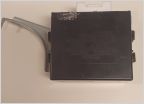 Hyperflashing Turn Signal Fix
Hyperflashing Turn Signal Fix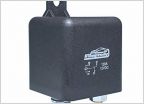 How to make my accessory lights turn off with ignition?
How to make my accessory lights turn off with ignition?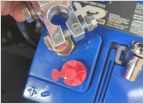 Can anyone tell what wire this one is?
Can anyone tell what wire this one is? 12 Gauge 2 wire with PVC coat/jacket
12 Gauge 2 wire with PVC coat/jacket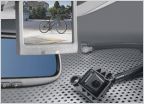 Using OEM rearview mirror wiring
Using OEM rearview mirror wiring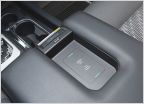 Wireless Charging/Apple Car Play Question
Wireless Charging/Apple Car Play Question
